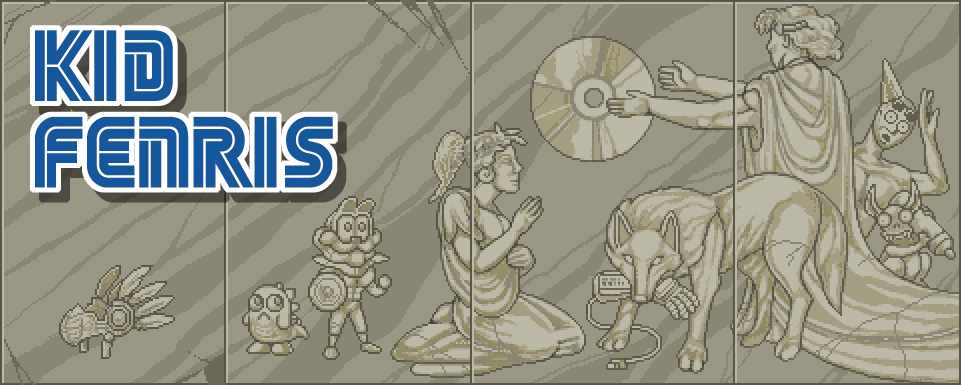The
Dead or Alive series is regarded by some as a
first-rate, aggressively fun line of fighting games, while others see it
as overrated, generic pabulum based on nothing more than simple,
back-and-forth gameplay. Yet neither camp will deny that, high quality
or not,
Dead or Alive features some of the gaming world’s most
unabashed attempts at sex appeal, with an ever-expanding lineup of
buxom, heavy-chested female characters. Though there are some men in
the
DoA roster, no one pretends that the game’s attention is and
always has been directed at anything other than Hitomi, Kasumi, Tina,
Helena, Ayame, and any other voluptuous lasses that Tecmo’s Team Ninja
have created for the latest game in the franchise.
And that latest game
just happens to be
Dead or Alive Xtreme Beach Volleyball, in which all of the girls spike, serve, and wear even less than they do when fighting.
And what, some Tecmo think tank probably asked, would be the best way to
promote this attempt at making the athletic, sparingly clad women of
Sega’s
Beach Spikers look like ninety-year-old nuns by
comparison?

Why not a calendar? Sports Illustrated has their swimsuit
issues, so shouldn’t the
Dead or Alive gals fare just as well in
their own catalogue of sensual poses and tropical backdrops? Someone
important apparently answered “yes,” and now, amid the stacks of
strategy guides at your local game vendor, you just might find (no lie)
the
Dead or Alive Xtreme Beach Volleyball 2003 Calendar.
Comparisons between this publication and those featuring real-life women aren’t quite accurate, however, as the
Dead or Alive
calendar lacks any degree of sensuality. All of the females are
rendered in a smooth, blatantly curvaceous style, but their
computer-generated look is so artificial that they’re about as sexy as a
Barbie doll. Perhaps there’s some allure to the way the girls animate
in the games, but they’re little more than mannequins when placed in a
static capacity.
Granted, you might mistake Christie, Lei Fang, Ayame, and their ilk for
flesh-and-blood models when you’re standing several feet away from the
calendar and squinting, but a closer look reveals only an impressive
example of video game graphics. It’s likely to titillate only
hormone-crazed early adolescents, who I think are horribly spoiled by
today’s video games. When I was an awkward preteen, we didn’t have
volleyball titles stocked with jiggling 3-D women! We had to ogle the
referee in
Super Spike V-Ball! And we thought she was
hot, dammit!
Anyway, there’s also the superfluous question of how well this thing
holds up as an actual calendar, in which case it's fairly cheap. The
light colors make it easy to write on (which is more than I can say for
the largely black décor of the H.R. Giger collection that I used for
2002), but the pages aren’t nearly as sturdy as a usual calendar, and
the whole thing seems in danger of falling off of the wall when it has
only a single flimsy page to hold up the weight of the following months.
The calendar really isn't worth an in-store price of fifteen bucks,
though it’s not a bad collectible if you can get it as a promotional
giveaway with
Dead or Alive Xtreme Beach Volleyball for the Xbox.
Yet I wouldn’t worry if you miss out, as it's little more than a
semi-useful bonus and an tribute to how far Tecmo will go to capitalize
on the T & A element of
Dead or Alive. As such, only fans of the series will want to bother with this extra, and they might be better off saving up for
Dead or Alive Wet T-Shirt Dodgeball or whatever else Team Ninja has in mind.






